
Laura Elizabeth Ingalls Wilder was an American writer. The Little House on the Prairie series of children's books, published between 1932 and 1943, were based on her childhood in a settler and pioneer family.
Allan Wesley Eckert was an American novelist and playwright who specialized in historical novels for adults and children, and was also a naturalist. His novel Incident at Hawk's Hill (1971) was initially marketed to adults and selected by Reader's Digest Condensed Books. A runner-up for the Newbery Medal, it was afterward marketed as a children's novel and adapted by Disney for a television movie known as The Boy Who Talked to Badgers (1975).
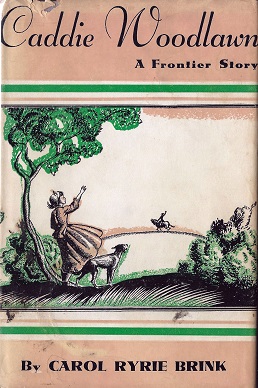
Caddie Woodlawn is a children's historical fiction novel by Carol Ryrie Brink that received the Newbery Medal in 1936 and a Lewis Carroll Shelf Award in 1958. The original 1935 edition was illustrated by Newbery-award-winning author and illustrator Kate Seredy. Macmillan released a later edition in 1973, illustrated by Trina Schart Hyman.

John Carl Schoenherr was an American illustrator. He won the 1988 Caldecott Medal for U.S. children's book illustration, recognizing Owl Moon by Jane Yolen, which recounts the story of the first time a father takes his youngest child on a traditional outing to spot an owl. He was posthumously inducted by the Science Fiction and Fantasy Hall of Fame in 2015.

The Westing Game is a mystery book written by Ellen Raskin and published by Dutton on May 1, 1978. It won the Newbery Medal recognizing the year's most distinguished contribution to American children's literature.
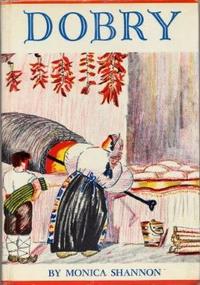
Dobry is a book by Monica Shannon first published in 1934 that won the Newbery Medal for most distinguished contribution to American literature for children in 1935. Bulgarian-born sculptor Atanas Katchamakoff illustrated the book.
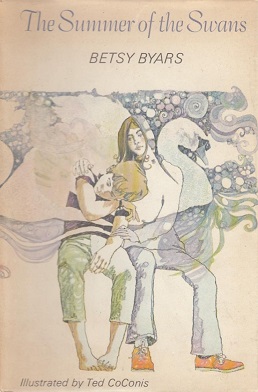
Summer of the Swans is a children's novel by Betsy Byars about fourteen-year-old Sara Godfrey's search for her missing, mentally challenged brother Charlie. It won the Newbery Medal in 1971.

Sharon Creech is an American writer of children's novels. She was the first American winner of the Carnegie Medal for British children's books and the first person to win both the American Newbery Medal and the British Carnegie.

Lois Lenore Lenski Covey was a Newbery Medal-winning author and illustrator of picture books and children's literature. Beginning in 1927 with her first books, Skipping Village and Jack Horner's Pie: A Book of Nursery Rhymes, Lenski published 98 books, including several posthumously. Her work includes children's picture books and illustrated chapter books, songbooks, poetry, short stories, her 1972 autobiography, Journey into Childhood, and essays about books and children's literature. Her best-known bodies of work include the "Mr. Small" series of picture books (1934–62); her "Historical" series of novels, including the Newbery Honor-winning titles Phebe Fairchild: Her Book (1936) and Indian Captive: The Story of Mary Jemison (1941); and her "Regional" series, including Newbery Medal-winning Strawberry Girl (1945) and Children's Book Award-winning Judy's Journey (1947).

Ramona and Her Father is the fourth book in Beverly Cleary's popular Ramona Quimby series. In this humorous children's novel, Mr. Quimby loses his job and Ramona thinks up ways to earn money and help her family out. Published in 1977, Ramona and Her Father was a Newbery Honor Book.

M. C. Higgins, the Great, first published in 1974, is a realistic novel by Virginia Hamilton that won the 1975 Newbery Medal for excellence in American children's literature. It also won the National Book Award for Young People's Literature and the Boston Globe-Horn Book Award; it was the first of only two books to do so.

Adam of the Road is a novel by Elizabeth Janet Gray Vining. Vining won the Newbery Medal for excellence in American children's literature in 1943 from the book. Set in thirteenth-century England, the book follows the adventures of a young boy, Adam. After losing his spaniel and minstrel father, Adam embarks on a series of escapades throughout medieval England. The book is illustrated by Robert Lawson.

The Long Winter is an autobiographical children's novel written by Laura Ingalls Wilder and published in 1940, the sixth of nine books in her Little House series. It is set in southeastern Dakota Territory during the severe winter of 1880–1881, when she turned 14 years old.

Dear Mr. Henshaw is a juvenile epistolary novel by Beverly Cleary and illustrator Paul O. Zelinsky that was awarded the Newbery Medal in 1984. Based on a 2007 online poll, the National Education Association listed the book as one of its "Teachers' Top 100 Books for Children".
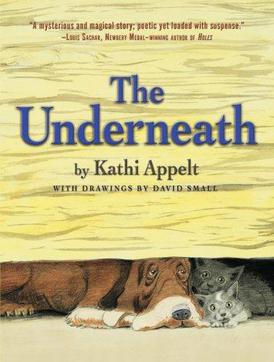
The Underneath is a children's book by Kathi Appelt. It tells the story of an abandoned cat who goes to live with a maltreated hound dog underneath a crooked old house in a bayou on the border between Louisiana and Texas. Published in 2008, The Underneath is a John Newbery Honor book, ALA Notable Children's Book and a National Book Award Finalist.
The Boy Who Talked to Badgers is a 1975 American made-for-television adventure film directed by Gary Nelson, starring Christian Juttner and Carl Betz. It was produced by Walt Disney Productions and based on the novel Incident at Hawk's Hill by Allan W. Eckert. The film was originally broadcast on NBC as a two-part episode on The Wonderful World of Disney on September 14 and 21, 1975.
Julia Sauer was an American writer of children's fiction and librarian. Two of her books, Fog Magic and The Light at Tern Rock were among the annual Newbery Medal runners-up. Both are set in Canada, where Sauer frequently vacationed.

Hello, Universe is a 2017 novel written by Erin Entrada Kelly. The novel is told from the perspectives of four middle school students as one of them becomes trapped in a well. Hello, Universe received the 2018 Newbery Medal.
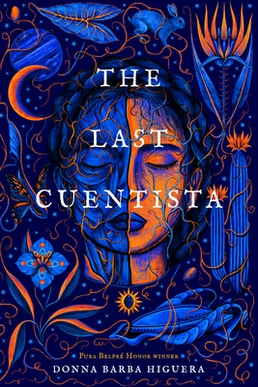
The Last Cuentista is a middle-grade dystopian novel by Donna Barba Higuera, published October 12, 2021 by Levine Querido. The story follows Petra Peña who, along with her family and a few hundred others, leave Earth to continue the human race after a comet strikes the planet. After awaking on a new planet, Petra is the only one who remembers Earth and must use storytelling to keep her people's history alive. It was published in British English under the title The Last Storyteller in 2022.















